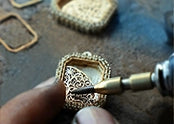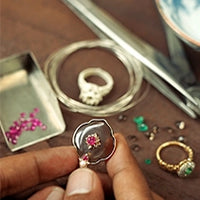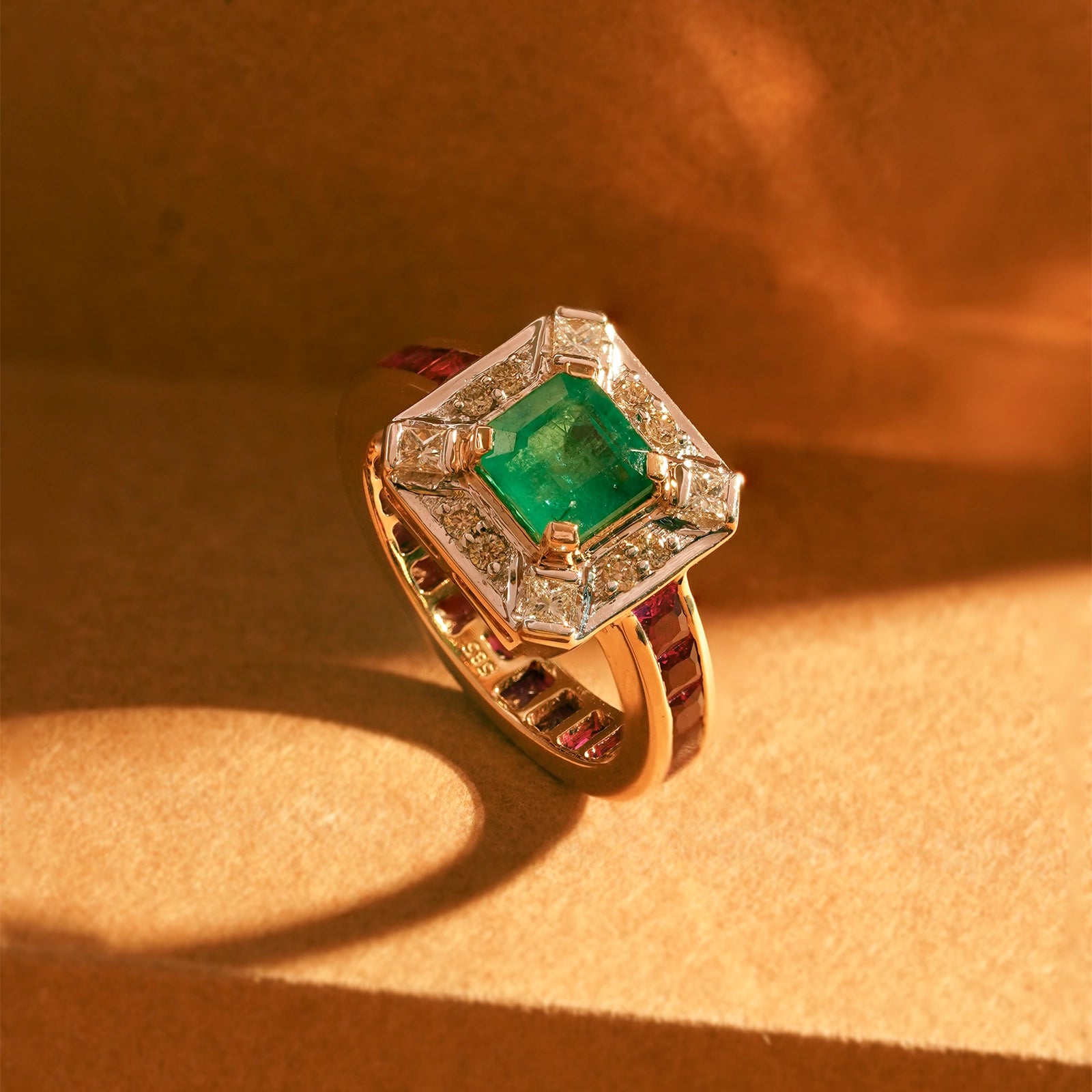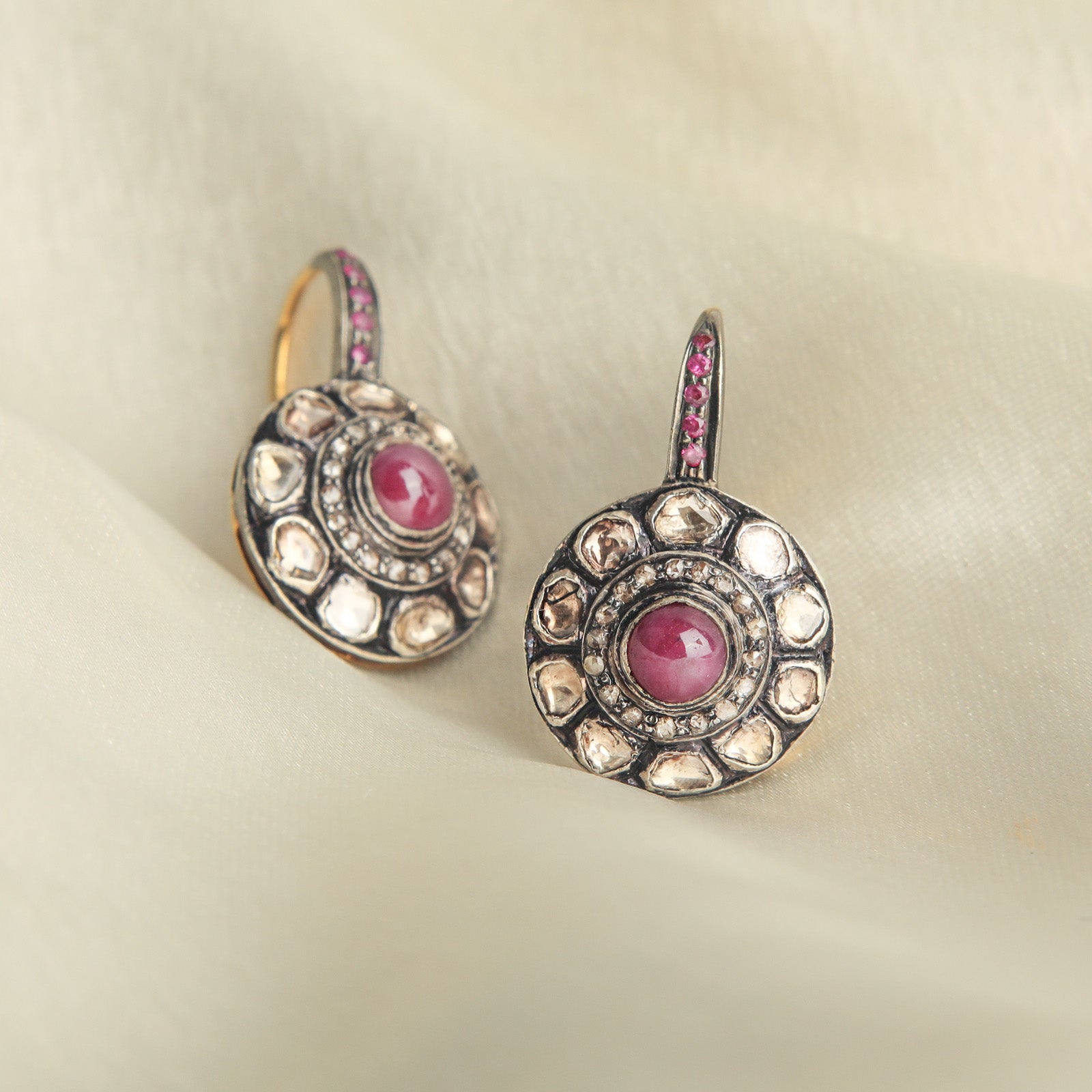The world of gemstones is a dazzling, ravishing one. It is almost astonishing how such a minute piece of matter has such a paramount character to it.
Although all gemstones that exist have their own specialty, there are certain factors that ascertain a gem’s value.
You must have heard of the 4 Cs that determine a diamonds value- the colour, cut, carat and clarity. While we all have heard of the flawless and the most rare gemstones that adorn the most magnificent jewels of the world, a subject not frequently heard of, is Inclusions.
Understanding inclusions
Simply put, an inclusion is any material that is trapped inside of another mineral while that mineral forms.
Gemstones are entrancing beauties from mother nature, a form of perfect imperfections. Hold a gemstone under a magnifying glass and you’ll see its beautiful inner imperfections and inclusions come alive.
Inclusions are a crucial factor that help to understand a gemstone’s origination, and also whether a gemstone is natural or synthetic, because some inclusions appear only in natural gemstones. Some common types of inclusions include needles, clouds, fluids and crystals.

Deep red needle inclusions in an amethyst- found only in natural amethysts.
A natural gemstone, which is more rare, valuable and durable than a synthetic one usually contains more inclusions than the latter. Some inclusions can be easily seen by the naked eye while some require a magnified view.
At MOI, we love colour, and we feature gemstones extensively in our jewelry. Simply put, natural gemstones, come with inclusions and sometimes they can be quite visible. To us, this does not make the gem any less valuable, it is the gemstone’s natural beauty.
We have illustrated a few examples below to help understand the inclusions few gemstones typically come with.
South-sea pearls
Natural pearls are never flawless, they have inclusions, irregularities, indentations and certain imperfections that make the pearls special and unique.
South-sea pearl inclusions are generally visible in the form of surface blemishes, pin-pricks or grooves which are natural growth characteristics and uneven nacre accumulation that sometimes interrupt the smoothness of the pearl’s surface.

Inclusions in South-sea pearls
Emeralds
Natural Emeralds are formed within the earth in various locations and conditions under high pressure and heat. For this reason, each emerald has a different look and combination of inclusions. A lot of emerald inclusions have a moss-like appearance to them, which is why emerald inclusions are sometimes known as ‘jardin’, French for a garden.
Common inclusions in an emerald include-
- Fissures, which are linear fractures inside the stone
- Cavities, which are left behind by a crystal within the stone.
- Spirals or fingerprint-like inclusions, which are a result of water being trapped inside the gem during its formation.

Inclusions in natural emeralds
Tumbles
Tumbled stones are unfaceted rounded pieces of stones that usually have smooth edges and surfaces. These stones are usually not treated, just polished and smoothened. They exhibit inclusions which are part of the original gemstone, sometimes internally and sometimes on the exterior.
For example, an emerald tumble with a smooth, polished surface will come with the inclusions present in the original emerald stone.

Tumbled gemstones
Tanzanite
Tanzanites are gemstones known for their brilliant, intense blue or sometimes violet colour. While faceted tanzanites do not commonly contain inclusions, tanzanite cabochons, which are shaped and polished do contain inclusions, usually in the form of whisker-like structures, or growth blockages, liquid inclusions and fractures.

Tanzanite cabochon
Rutile Quartz
Rutilated quartz is from the family of the quartz gemstone which is known for its needle-like inclusions which are formed due to the presence of the mineral rutile. These inclusions mostly look golden, but they also can look silver, copper red or deep black. They can be distributed randomly or in bundles, sometimes in a star-like arrangement.
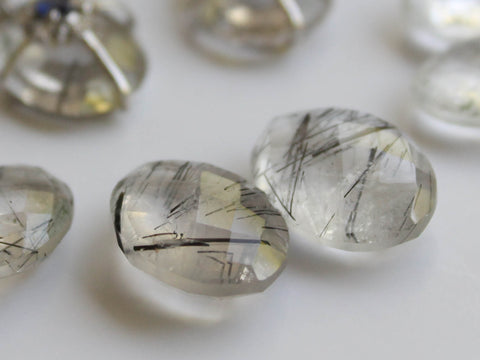
Polki (uncut diamonds)
Uncut diamonds, Vilandi, Polki, all mean the same, are an Indian invention, and one of the oldest cut in diamonds with an unfaceted, yet polished surface. No two uncut diamonds are alike.
Since these diamonds do not undergo faceting, it is common for them to have inclusions and the diamonds to be slightly to heavily included. Inclusions can be in the form of black carbon or structures that resemble cracks.

Uncut diamond
Rose-cut Diamonds
Rose-cut Diamonds may have inclusions, blemishes and colour variations. These are natural and may be noticeable due to high transparency of the diamond.
Like wabi-sabi, these irregularities add a distinctive appeal to this piece.

Rose-cut diamonds with visible inclusions
Aventurine
Aventurine, a translucent gemstone of the quartz family, gets its distinct look from the small flake-shaped inclusions it carries. These flakes are of the mineral mica. Light entering the quartz strikes these flakes and reflects brilliantly from them, producing a sparkly appearance known as "aventurescence." This property, along with Aventurine’s eye catching green colour is what makes the stone appealing.

Pink Sapphire
For gemstones that are rare and therefore more valuable, like sapphires, inclusions are what makes the stones unique. Sapphires, of any colour, are known to host a number of different inclusions, purely because of their natural formation process and even the best stones are not expected to be inclusion free. In fact, there’s a high chance that a sapphire with no inclusions could be a synthetic stone or a glass imitation.
One of the most common kind of inclusion found in a sapphire is known as silk, which are thin needle-like structures that often help to enhance the look of light that’s reflected off the gemstone.
White wispy feathers, fingerprint or liquid bubbles and crystal formations are other inclusions that are found generally in sapphires.

An included pink sapphire
We hope to have established our case that inclusions play an incredibly important role in the look and even value of gemstones, but are usually quite misunderstood. They don't have to be the bad guys anymore!
Go on, share this with your friends and family and help them make an informed decision!


